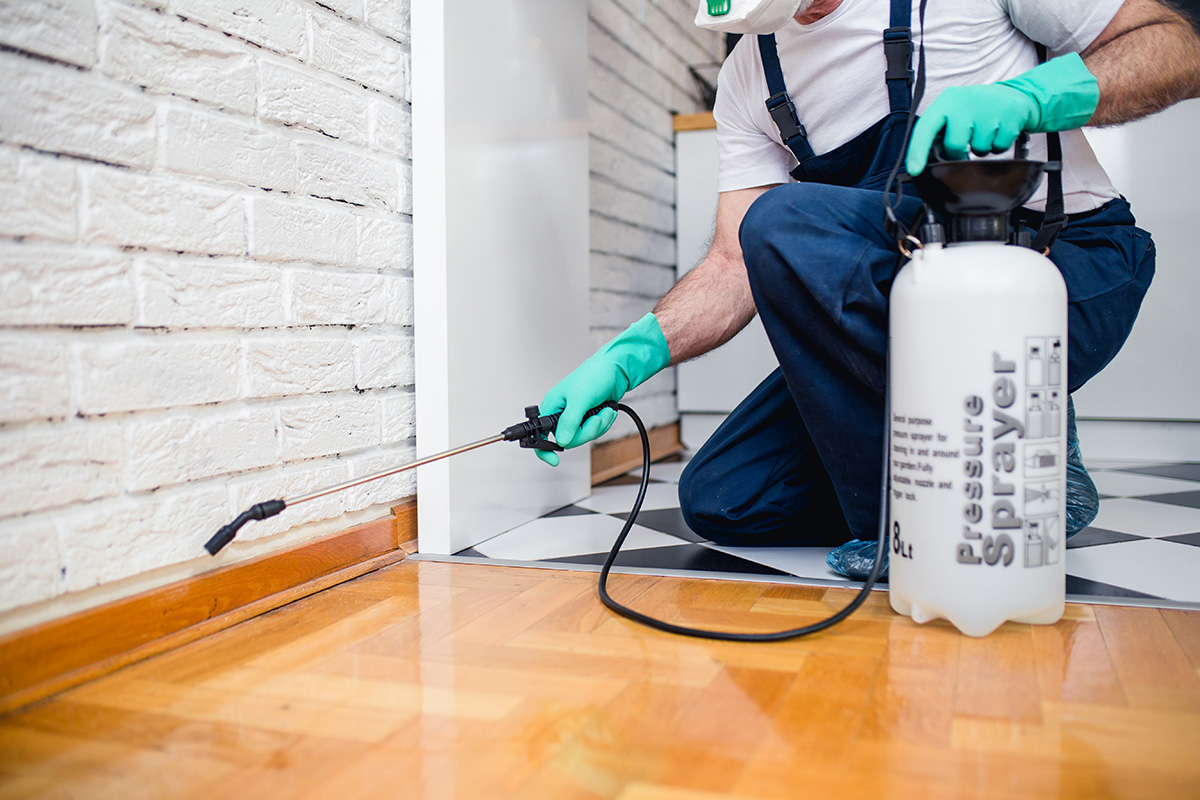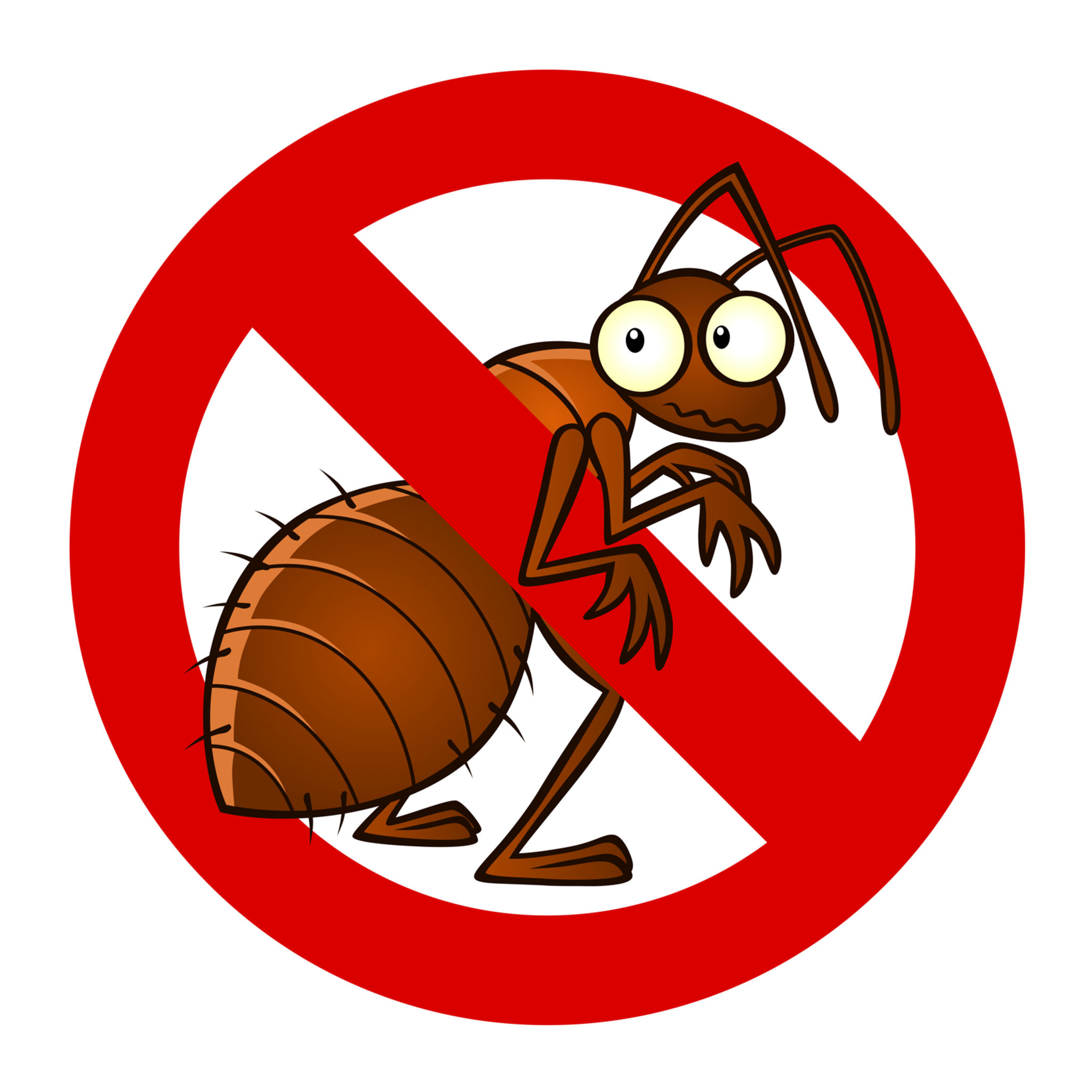Bed Pest Therapy Breakdown: Contrasting Chemical Vs. Non-Chemical Solutions
In the world of bug control, particularly when managing the consistent issue of bed insects, the selection between chemical and non-chemical therapy services can be an essential one. Both approaches provide distinctive advantages and disadvantages, affecting elements such as effectiveness, safety and security considerations, and overall expense. By examining the nuanced details of each method, a clearer understanding of which path to go after in resolving a bed insect infestation can be obtained.
Performance of Chemical Treatments
Chemical therapies for bed pest infestations have been commonly identified for their potent and rapid effectiveness in eradicating these insects. When taking into consideration the effectiveness of chemical therapies, it is vital to comprehend that they can offer a thorough and fast solution to a bed bug trouble. Professional pest control men often count on pesticides to target bed pests at numerous phases of their life cycle, including nymphs, adults, and eggs. These chemicals generally work by disrupting the bed insects' nerve system, resulting in paralysis and eventual death.
Moreover, chemical therapies have the benefit of supplying residual results, suggesting that they can remain to remove bed insects also after the preliminary application. This residual action is particularly beneficial in combating any kind of prospective re-infestations. In addition, the quick action of chemical treatments can bring alleviation to individuals facing serious bed insect problems, allowing them to reclaim control of their home promptly.
Security Concerns With Chemical Solutions
One essential facet that calls for cautious consideration when making use of chemical services for bed bug treatment is making sure the safety and security of occupants and the setting. Exposure to specific chemicals utilized in bed insect treatments can lead to respiratory system problems, skin inflammation, or other adverse reactions, specifically in individuals with pre-existing conditions or level of sensitivities.
In addition, the environmental effect of chemical solutions is an additional considerable factor to consider. Some pesticides made use of in bed bug therapies may be damaging to useful insects, wild animals, and environments if they leach right into the soil or water systems. It is vital to use chemical treatments carefully, following safety guidelines, and taking into consideration less hazardous choices to minimize these dangers and make certain the efficient and safe administration of bed pest problems.
Benefits of Non-Chemical Methods
Considering the potential security worries and ecological impact connected with chemical remedies for bed pest treatment, checking out non-chemical strategies presents a promising alternative with a number of unique benefits. Non-chemical approaches supply a more secure option for households, especially those with kids, family pets, or individuals delicate to harsh chemicals. These approaches eliminate the threats of direct exposure to poisonous materials, lowering the possibility for negative health and wellness results. Furthermore, non-chemical therapies are eco-friendly, as they do not add to air or water contamination, making them a sustainable choice for pest control.
Furthermore, non-chemical solutions can be efficient in targeting bed insects, consisting of hard-to-reach locations where chemical treatments might not penetrate - A1 bed bug treatment in charlotte. Techniques such as heat therapy, vacuuming, vapor cleansing, and mattress encasements provide detailed removal without the use of dangerous chemicals.
Limitations of Non-Chemical Treatments

Furthermore, non-chemical therapies commonly need multiple applications to accomplish effective removal. This can be taxing and may not always assure full elimination of all bed insects and their eggs, especially in hidden or hard-to-reach locations.
In addition, the success of non-chemical treatments heavily relies upon appropriate execution and thoroughness, which can be challenging for individuals without expert competence. Inadequate application of non-chemical methods may cause insufficient go elimination, leading to consistent invasions and the demand for additional treatments.
As a result, while non-chemical therapies have their benefits, it is necessary to acknowledge these restrictions and consider them when figuring out the most effective approach for managing bed bug problems.
Cost Comparison: Chemical Vs. Non-Chemical Options
Offered the constraints linked with non-chemical treatments, an important aspect to assess in the context of bed bug administration is the price contrast in between chemical and non-chemical choices. Chemical treatments normally entail the application of pesticides by specialists, which can vary from $250 to $900 per space, depending upon the seriousness of the infestation and the size of the area to be dealt with. In comparison, non-chemical therapies like heat therapy or heavy steam can be a lot more pricey, with prices ranging from $1,000 to $6,000 for an entire home. While the initial price of chemical therapies might seem lower, numerous therapies may be called for to totally get rid of the invasion, potentially raising the general expense. On the other hand, non-chemical alternatives might offer a more eco-friendly and sustainable service, although they can be cost-prohibitive for some individuals. Inevitably, when considering the price of bed insect treatment alternatives, all service pest control it is essential to consider the upfront expenses versus the performance and long-term sustainability of the selected technique.
Final Thought

Considering the possible security problems and ecological impact connected with chemical remedies for bed bug therapy, discovering non-chemical methods offers a promising alternative with a number of distinctive advantages.Offered discover this the constraints associated with non-chemical treatments, an essential element to evaluate in the context of bed bug administration is the price contrast in between chemical and non-chemical options. In comparison, non-chemical treatments like warm therapy or steam can be a lot more expensive, with costs ranging from $1,000 to $6,000 for an entire home. While the preliminary expense of chemical therapies might appear reduced, multiple treatments may be required to completely remove the problem, possibly raising the general price.In conclusion, when comparing chemical and non-chemical bed bug therapy alternatives, it is important to take into consideration performance, safety and security, advantages, restrictions, and expense.
Comments on “A1 Bed Bug Exterminator Charlotte - Reliable and Cost Effective Services”